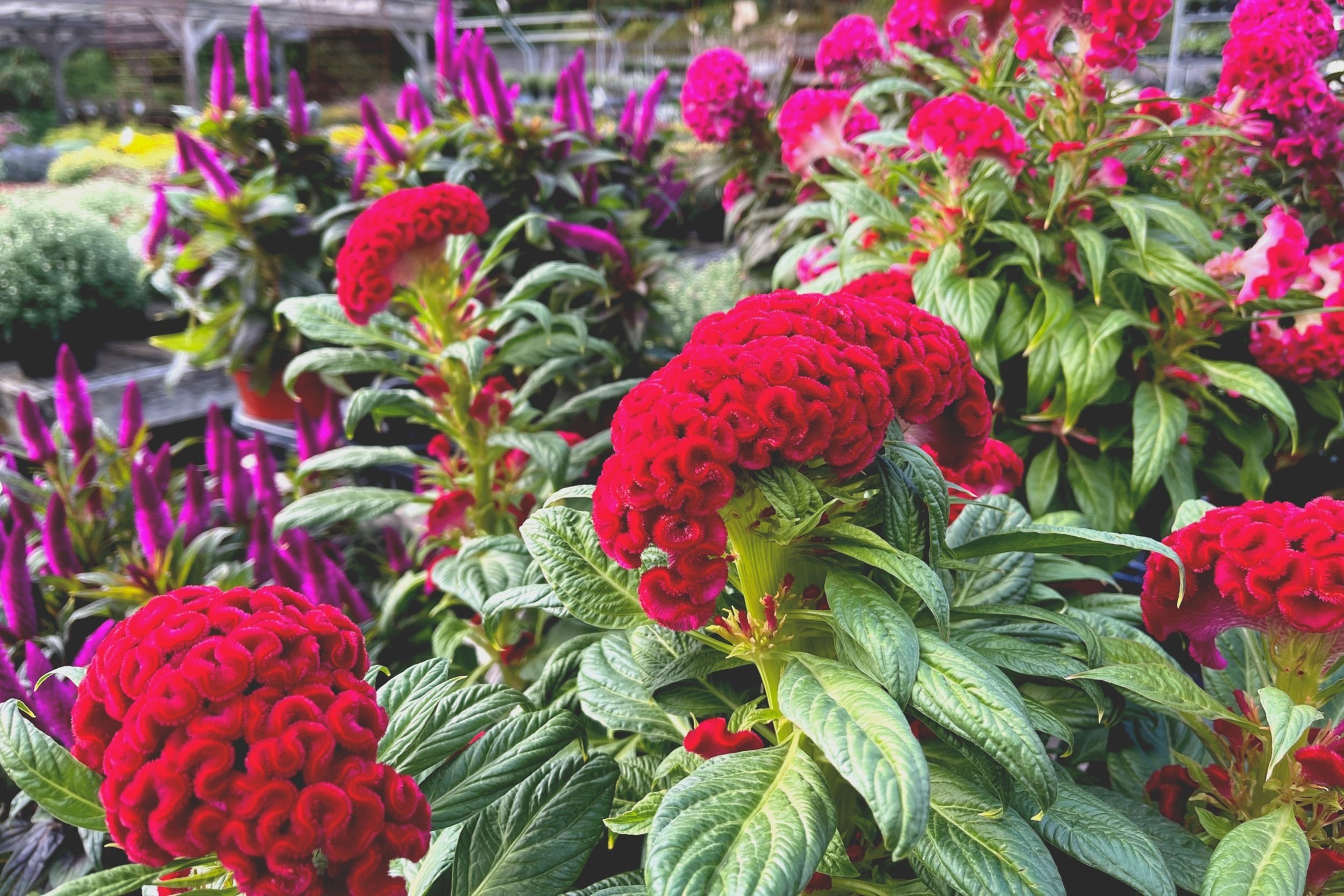Now that the April showers have come through, it’s time for some May flowers. But, before we get ahead of ourselves, my rule of thumb is always plant annuals and tropicals after Mother’s Day, because that usually indicates the time that frost is no longer a threat.
Shrubby daisybush | Osteospermum fruticosum
Adding this annual, which looks out of this world, will add some fun flare to your garden.
Hybrid fuschia | Fuchsia hybrida
Exotic types of hanging fuschia that will surely attract hummingbirds.
Annuals are great because they provide color that can span from May to October, whereas perennials bloom on average, for about two to three weeks, and long-blooming perennials for six to ten weeks. The downside is that annuals need to be planted yearly. Most annuals reproduce from seed, which is the reason for the constant blooming. The plant will produce a bud, which opens into a flower, then after the bloom is finished, a seed pod will grow, then release seeds. However, when we use annuals in the garden and keep up with deadheading, the plant panics because it isn’t able to produce seed pods, so it keeps producing flowers, giving us season-long color.
Plant containers and baskets full of plants that will spill, fill and thrill! Basket planted with Petunia, Salvia, Calibrachoa, Aloe, Snake Plant, and Talinum.
Summer containers outside the patio add pops of color to a normally bare space. Containers are planted with Lantana, Angelonia, Geranium, Salvia and Coleus.
I love annuals because they give me a lot of creative freedom in the garden. It’s always fun to experiment with new color combinations and placement. I love rearranging and trying new things year after year, but we all know transplanting can be a pain. That’s why I leave bare spots for whatever annuals intrigue me that year. Annuals are essential for cut flower lovers. Think Sunflower, Amaranth, Celosia, Zinnia, and Delphinium. I love fresh bouquets, and supporting my local florist, but I love having flowers on hand, I mean, who doesn’t? Annuals are perfect for containers too. They add so much color and structure, creating strong points of interest in the garden and in places where there isn’t soil. I love jam-packing containers and watching all of the annuals weave and grow together.
Brain Celosia | Celosia argentea
This fun annual resembles a brain and grows tall, filling space and adding color with unique shape.
Zinnia and 5 foot tall Celosia planted in a garden!
Annuals will also make your garden more attractive to pollinators and critters. There are plenty of flowers to attract hummingbirds. Red tubular flowers like Salvia, Fuschia, Calibrachoa, Cleome, and Lantana catch the attention of these fascinating birds. Bee-friendly annuals like Lavender, Petunia, Cosmo, Geranium, and Angelonia are great for those who beekeep or for those who want their garden on the pollinators' rounds.
Hybrid fuschia | Fuchsia hybrida
White and pink petunias cascade out of this summer container.
Annuals are essential for a garden with impact, structure, and interest. They provide season-spanning color, new opportunities and encourage pollinators. Use annuals in containers or bare spots. Plant some cut flowers for height or fresh bouquets. Try something new, and find something colorful and unique. Get your garden set for the season with the hundreds of annuals to choose from at your local garden centers and nurseries. Most importantly, have fun!









